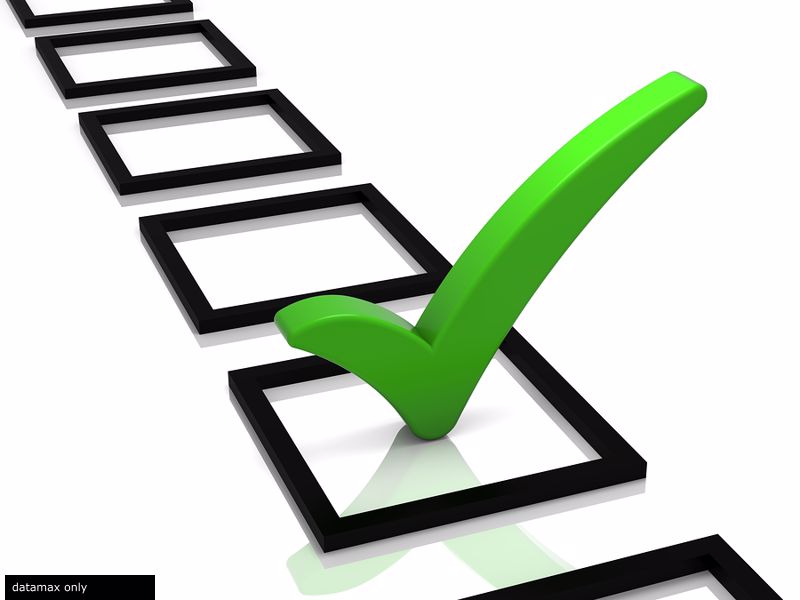
How to run effective business meetings
11 Oct 2022
From training sessions to quarterly reviews, conducting a successful meeting of any kind can be difficult for a plethora of reasons. From sheer stress and anxiety to time constraints, it’s all too easy to arrive at a meeting completely unprepared and have it fall off the rails. As Tameday explains, statistics show that most meetings aren’t fruitful and can waste billions of dollars.
All business professionals need to have excellent meeting skills, so whether you’re an intern or a chief executive officer, it’s vital that you take some time to brush up on how to hold a meeting. This article will provide you with some tips on how to prepare for a meeting, how to stay on track once it’s commenced and how to follow up with relevant stakeholders after the meeting has been concluded.
- Create an agenda: You need to ensure that the meeting has a clear purpose and that it’s communicated to everyone who will be attending the meeting. Once you’ve written up your plan of action (including all the items and topics to be discussed), send it to all attendees so that they can also come to the meeting prepared. Also, be sure to arrange any accompanying materials such as slideshow presentations ahead of time.
- Stay on track: All too often, meetings run wildly over time and many — if not all — of the people who attended it feel it was a waste of time (or, worse still, that it could have been an email). According to a study conducted by MIT Sloan Management Review, only 50% of time spent in meetings is actually productive.It’s critical that you keep the meeting focused and redirect it if someone raises irrelevant queries. If someone goes on a tangent or asks questions that will be discussed in a different meeting, gently tell them to chat with you or to send you an email after the meeting.
 You must draw up an agenda ahead of the meeting.
You must draw up an agenda ahead of the meeting. - Encourage participation: It’s regularly the case that the vast majority of meeting attendees simply nod and murmur instead of actively contributing to the discussion. Sometimes, this is because they don’t feel it’s appropriate for them to engage. Ask everyone to give their ideas and input so that all team members are heard. It’s always better to have more information at your fingertips than not enough.
- Follow up: Once the meeting has been wrapped up, take a moment to send all attendees the minutes or action items. You’ll need a dedicated note-taker for this, so make certain that you appoint a scribe beforehand and that they write up the details in a coherent and easy-to-read manner. In your email, you can include a note instructing recipients to contact you if they have any further questions or concerns.
If you think you or someone else in your organisation’s team could benefit from meeting skills training, consider checking out our meeting management course! Alternatively, contact us to schedule a chat so we can understand your needs and offer you the best possible solution.





